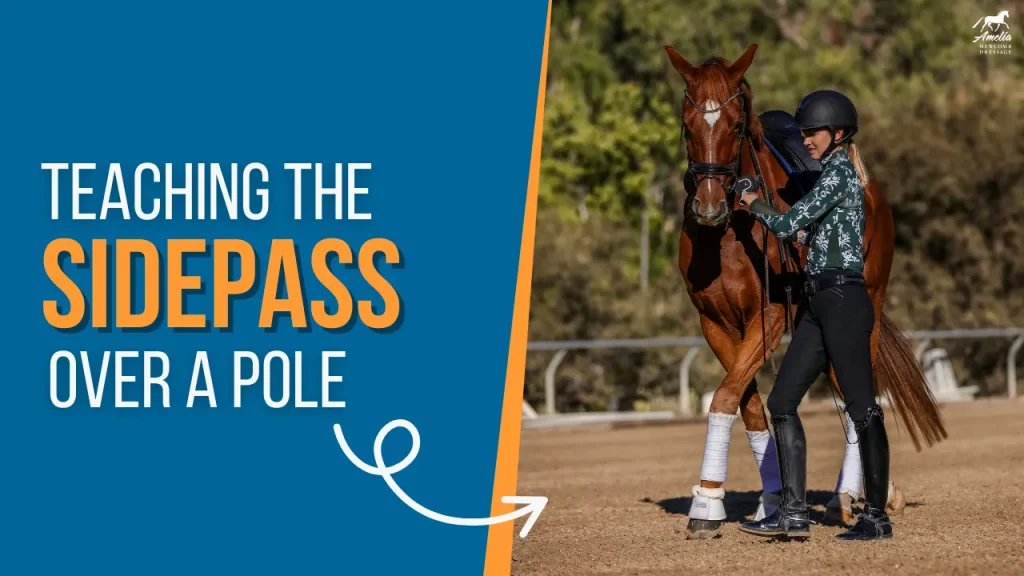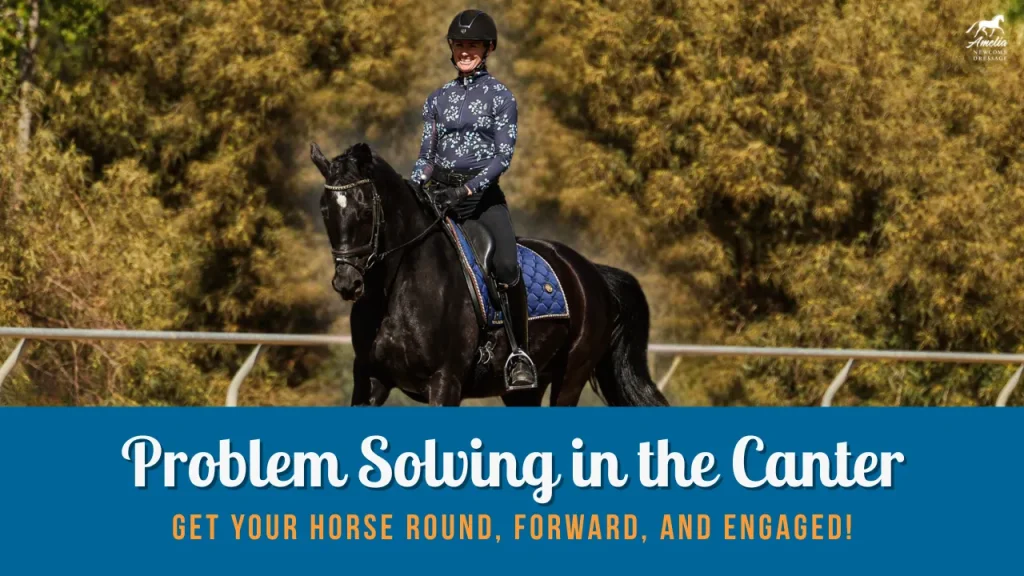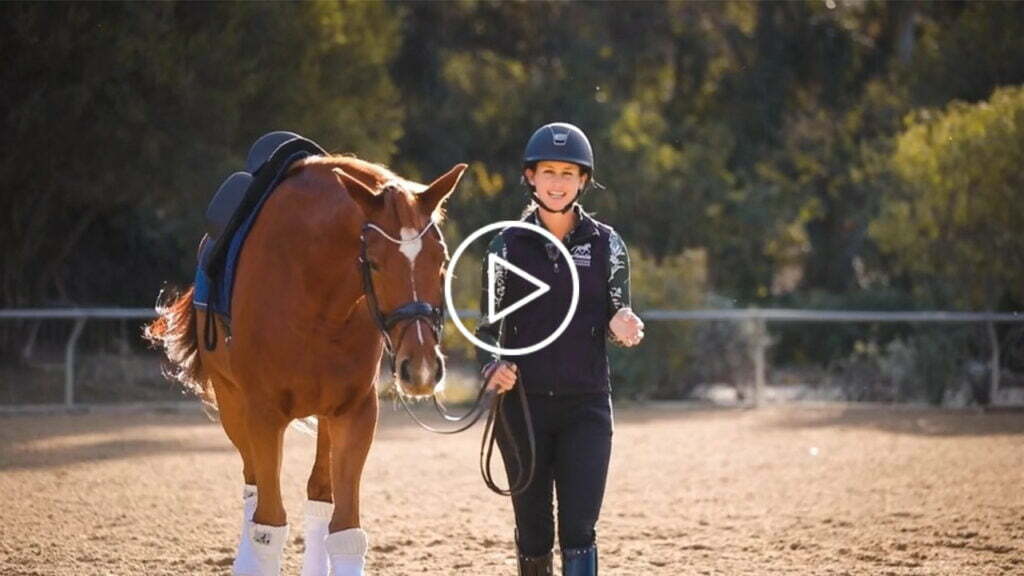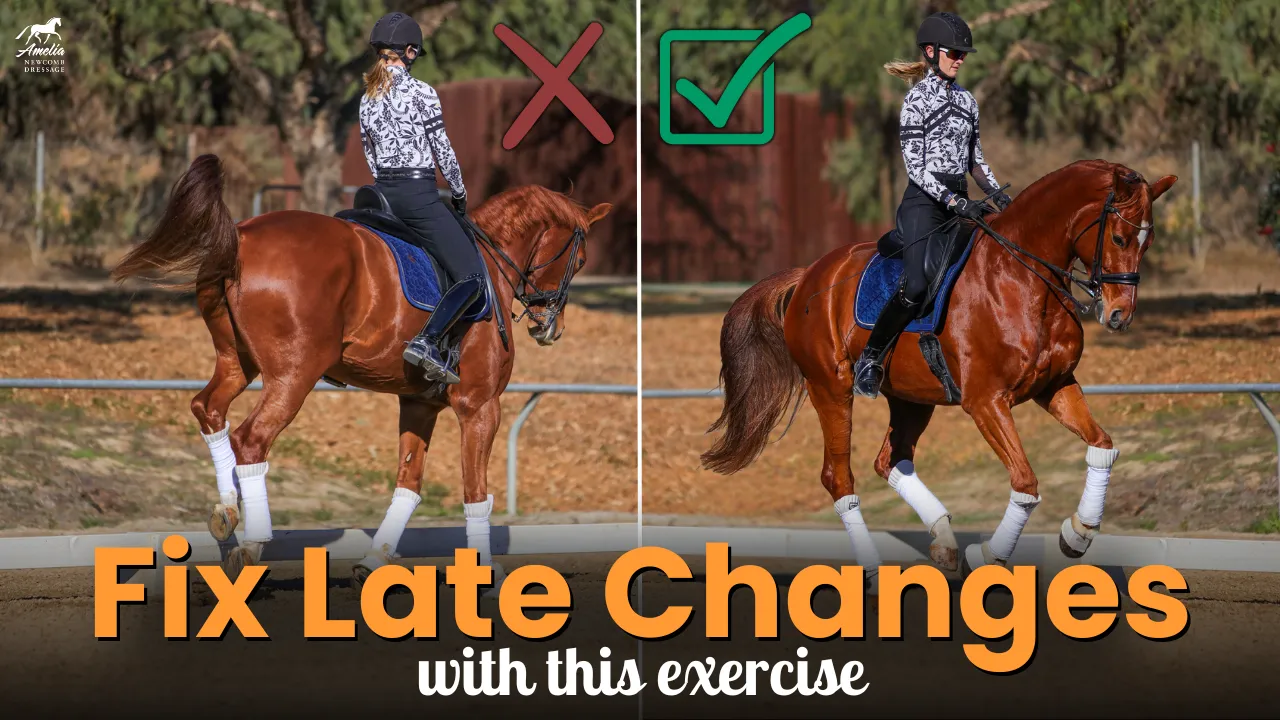Riding a smooth transition from shoulder-in to renvers is a valuable skill that tests your horse’s suppleness, balance, and responsiveness. This movement, which appears in the Third Level Test 2, challenges both horse and rider to coordinate precise aids while maintaining fluidity. Let’s break down the essentials for mastering this exercise and how it can improve your overall riding.
Why Practice Shoulder-In to Renvers?
The shoulder-in to renvers transition is also an excellent exercise for developing your horse’s suppleness and throughness. By alternating between these two movements, you teach your horse to stay balanced and engaged, preventing them from falling over their outside shoulder. This skill also prepares you for movements like the half-pass, which builds on the principles of shoulder-in and renvers.
Setting the Foundation: What You Need First
Before attempting the shoulder-in to renvers exercise, ensure you and your horse are comfortable with:
- Shoulder-In: A three-track movement where the horse bends around your inside leg, with the shoulders positioned slightly inward from the rail.
- Haunches-In (Travers): A three-track movement where the haunches move inward off the rail.
- Renvers: Similar to haunches-in but with the horse bending away from the direction of travel, and the haunches on the rail.
These movements require a collected trot, where the horse is engaged, balanced, and responsive. Make sure your horse is supple, with their poll as the highest point.
Riding Shoulder-In to Renvers
- Start with Shoulder-In:
- Set up your shoulder-in using a corner to establish the bend.
- Position your inside leg at the girth to encourage bend, while your outside leg supports behind the girth.
- Use your inside rein for slight flexion and your outside rein to control the shoulder’s position.
- Transition to Renvers:
-
- Begin to change the bend gradually.
- Shift your weight to your opposite seat bone. For example, if you’re riding a shoulder-in right, move your weight to your left seat bone for renvers.
- Adjust your leg aids: the inside leg (previously at the girth) moves back, and the outside leg (previously behind the girth) comes forward to maintain the new bend.
- In renvers, your horse’s haunches stay on the rail while the shoulders are slightly off the rail.
- Straighten Before the Corner:
- After riding the renvers, straighten your horse before the next corner to prepare for the next movement.
Common Issues
- Drifting Off the Rail: If your horse drifts during renvers, ensure you’re maintaining steady outside rein contact and proper weight distribution on your seat bones.
- Too Much Angle: Avoid over-flexing or over-angling your horse in either movement, as this can compromise balance and rhythm.
- Difficulty Changing Bend: If your horse struggles to transition smoothly, return to the walk to practice the movement slowly and with precision.
Building Toward the Half-Pass
The shoulder-in to renvers exercise is a stepping stone to riding the half-pass. A half-pass is essentially haunches-in on a diagonal line. To prepare for this:
- Visualize your path and establish a good shoulder-in.
- Transition to renvers on the diagonal line, keeping your horse’s haunches slightly inward.
- Maintain forward energy and rhythm as you guide your horse sideways toward the target.
For riders new to the half-pass, thinking of it as “haunches-in on a diagonal” simplifies the concept and helps establish correct positioning.
Practice Makes Perfect
Transitions between shoulder-in and renvers take time and practice. Focus on clear aids, balanced weight shifts, and consistent communication with your horse. Remember to use corners to help set up movements and keep your horse engaged throughout the exercise.












































